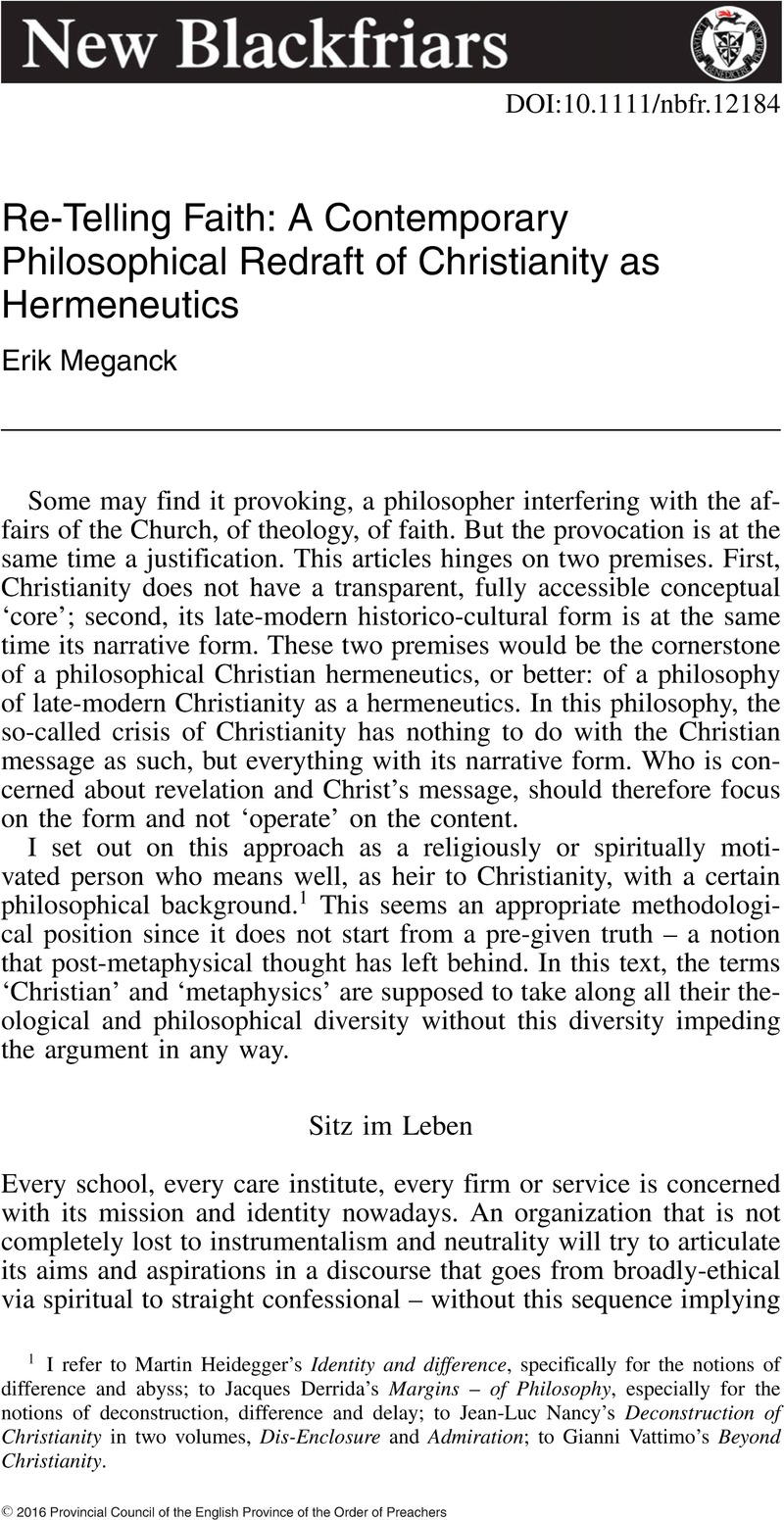Crossref Citations
This article has been cited by the following publications. This list is generated based on data provided by Crossref.
Meganck, Erik
2018.
(Re)Inserting charity in education.
Transformation in Higher Education,
Vol. 3,
Issue. ,



